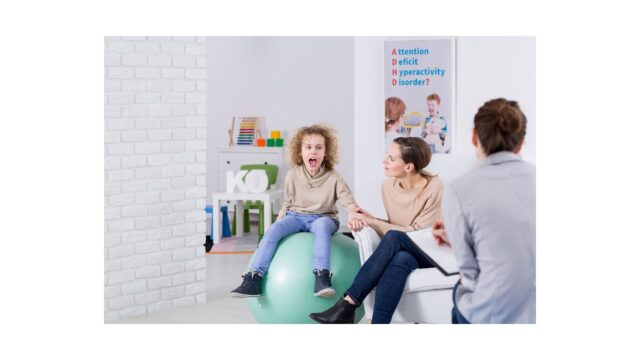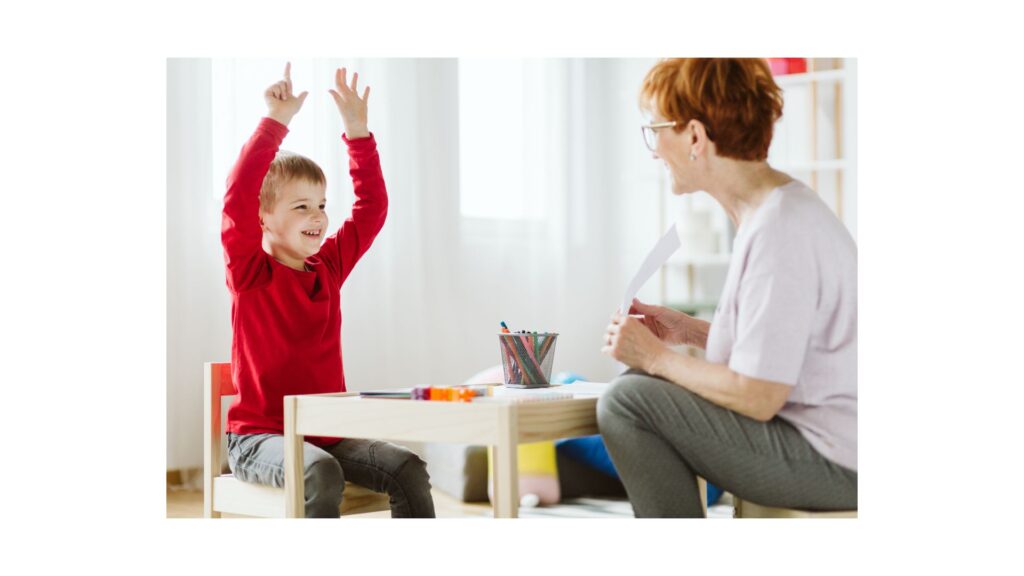In a world that constantly demands our attention, navigating the daily challenges of life can be particularly daunting for those with Attention Deficit Hyperactivity Disorder (ADHD). ADHD, characterized by difficulty in sustaining attention, hyperactivity, and impulsive behavior, can significantly impact various aspects of an individual’s life, from academics to personal relationships. While medication and traditional therapy have been effective for many, there’s a growing recognition of the therapeutic benefits of art in managing ADHD symptoms.
Art therapy, a form of expressive therapy that utilizes the creative process to improve an individual’s physical, mental, and emotional well-being, has gained prominence as a complementary approach to conventional treatments for ADHD. By engaging in artistic activities such as painting, drawing, sculpting, or even coloring, individuals with ADHD can experience a sense of calm, focus, and self-expression that may be elusive in other settings.
In this blog post, we’ll explore the intersection of art therapy and ADHD management, delving into the science behind how artistic expression can positively impact brain function and behavior. We’ll also discuss practical art therapy techniques that individuals with ADHD can incorporate into their daily routines to enhance concentration, reduce impulsivity, and foster a deeper connection with their emotions. Whether you’re someone living with ADHD or a caregiver seeking alternative strategies for your loved one, join us on a journey from canvas to calm as we uncover the transformative power of art in managing ADHD.
The Brain on Art: Neurological Insights into Art Therapy for ADHD
In the realm of managing Attention Deficit Hyperactivity Disorder (ADHD), conventional treatments often center around medication and behavioral therapy. However, emerging research suggests that art therapy holds promise as a complementary approach for individuals with ADHD. By tapping into the creative process, art therapy offers a unique avenue for managing symptoms and fostering well-being. In this exploration, we delve into the neurological underpinnings of art therapy and its potential impact on ADHD management.

Understanding ADHD and the Brain
ADHD is characterized by impairments in executive functions such as attention, impulse control, and working memory. These functions are regulated by various regions of the brain, including the prefrontal cortex, striatum, and cerebellum. In individuals with ADHD, differences in brain structure and neurotransmitter activity contribute to difficulties in maintaining focus and regulating behavior.
Neuroplasticity and Art Therapy
Art therapy engages multiple sensory modalities and cognitive processes, stimulating neuroplasticity—the brain’s ability to reorganize and form new connections in response to experience. When individuals engage in artistic activities, such as drawing, painting, or sculpting, they activate neural networks associated with perception, motor skills, and emotional processing.
Impact on Executive Functions
Studies have shown that art therapy can enhance executive functions in individuals with ADHD. By promoting sustained attention, cognitive flexibility, and inhibitory control, art-making tasks help strengthen neural circuits involved in these processes. Moreover, the multi-sensory nature of art stimulates the release of neurotransmitters like dopamine and serotonin, which play crucial roles in regulating mood and attention.
Emotional Regulation and Neurotransmitters
Art therapy also influences emotional regulation—an area of challenge for many individuals with ADHD. Creating art provides a nonverbal means of expressing emotions and exploring inner experiences. Neurotransmitters such as oxytocin, often referred to as the “bonding hormone,” are released during creative activities, promoting feelings of connection and well-being.
Integration into ADHD Treatment
Incorporating art therapy into ADHD treatment plans offers a holistic approach to symptom management. Artistic expression provides a safe outlet for self-expression, reduces stress levels, and enhances self-esteem—all of which are beneficial for individuals navigating the complexities of ADHD.
Integrating Art Therapy into Daily Life: Tips for Incorporating Creativity into ADHD Management
Living with Attention Deficit Hyperactivity Disorder (ADHD) can present daily challenges in maintaining focus, managing impulsivity, and regulating emotions. While conventional treatments such as medication and therapy play vital roles in managing ADHD symptoms, integrating art therapy into daily life can offer additional support and foster a sense of well-being. In this guide, we’ll explore practical tips for incorporating creativity into ADHD management, empowering individuals to harness the therapeutic benefits of artistic expression.

- Create a Dedicated Art Space: Establishing a designated area for artistic activities can provide a sense of structure and routine. Whether it’s a corner of your home or a portable art kit, having a designated space allows for easy access to art supplies and fosters a conducive environment for creativity.
- Set Realistic Goals and Expectations: When incorporating art therapy into your daily routine, set achievable goals and expectations. Start with small, manageable tasks and gradually increase complexity as you build confidence and skill. Remember that the focus is on the process rather than the end result.
- Experiment with Different Mediums: Explore a variety of artistic mediums to discover what resonates with you. Whether it’s painting, drawing, sculpting, or collage, each medium offers unique opportunities for self-expression and exploration. Don’t be afraid to step outside your comfort zone and try new techniques.
- Practice Mindfulness and Presence: Engage in art-making activities mindfully, focusing on the present moment and the sensory experience of creating. Pay attention to the colors, textures, and sensations involved in the artistic process, allowing yourself to fully immerse in the act of creation.
- Use Art as a Tool for Self-Expression: Art therapy provides a safe and nonverbal means of expressing thoughts, emotions, and experiences. Use art as a form of self-expression, allowing your creativity to serve as a vehicle for processing and understanding your inner world.
- Incorporate Art into Daily Routines: Integrate art-making activities into your daily routines to make them more accessible and sustainable. Whether it’s doodling during breaks, journaling with art prompts before bed, or sketching in a gratitude journal in the morning, find moments throughout the day to engage in creative expression.
Conclusion
AWC Behavioral Health LLC, located in Boca Raton, Florida, USA, we firmly believe in the transformative power of art therapy techniques in managing ADHD, as evidenced by our program “From Canvas to Calm.” Through tailored sessions and creative exploration, we have witnessed remarkable strides in our clients’ ability to focus, regulate emotions, and cultivate a sense of calm. By integrating art into our therapeutic approach, we strive to provide holistic support that addresses the multifaceted needs of individuals with ADHD, fostering their growth and well-being on their journey towards greater self-awareness and resilience.

